Greysheet & CPG® PRICE GUIDE
- U.S. Coins /
- Pre-1933 Gold Coinage /
-
1928 $2.50 Indian Gold Values
About This Series
Catalog Detail
Legal Disclaimer
The prices listed in our database are intended to be used as an indication only. Users are strongly encouraged to seek multiple sources of pricing before making a final determination of value. CDN Publishing is not responsible for typographical or database-related errors. Your use of this site indicates full acceptance of these terms.




















| $2.50 Indian Gold (1908–1929) | Value Range | Favorite | |||
|---|---|---|---|---|---|
| $2.50 Indian Gold (1908–1929) | Value Range | ||||
|
$575
-
$25,000
$575 - $25,000
|
||||
From the Greysheet Marketplace
Buy Now: $356.13
Buy Now: $3,400.00
Buy Now: $900.00
Buy Now: $60.00
Buy Now: $900.00
Buy Now: $45.00
Buy Now: $900.00
Related Stories (powered by Greysheet News)
View all news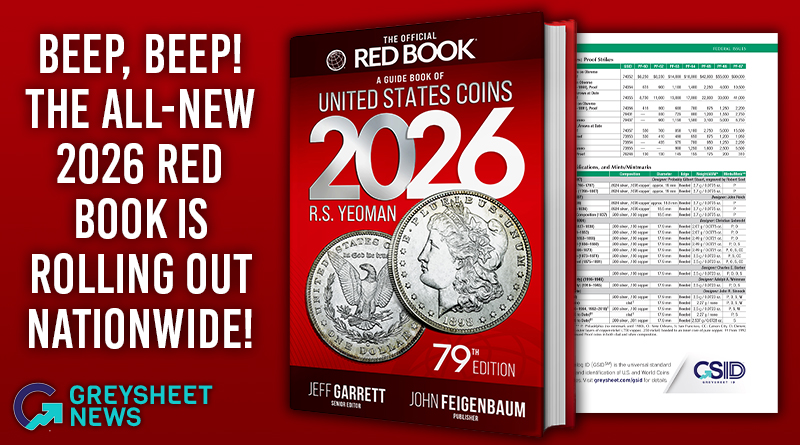
Distributor shipments are underway for the all-new and fully reimagined numismatic classic— available in four print formats and eBook to suit every collector's needs.
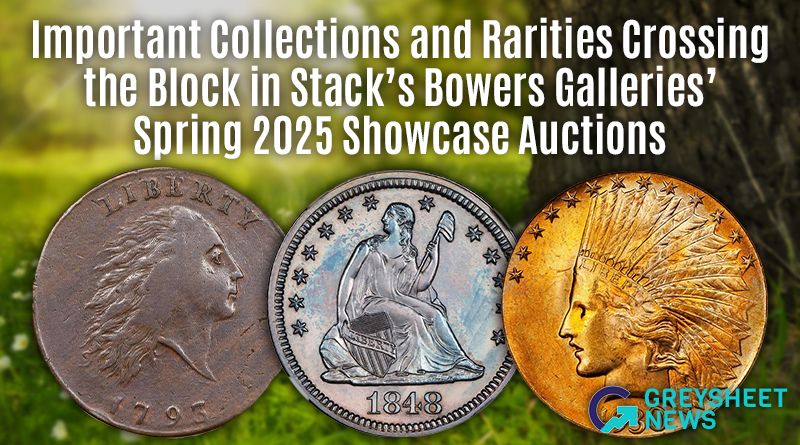
Stack's Bowers Galleries is proud to announce that the Spring 2025 Showcase Auction is now open for viewing and presale bidding at StacksBowers.com.
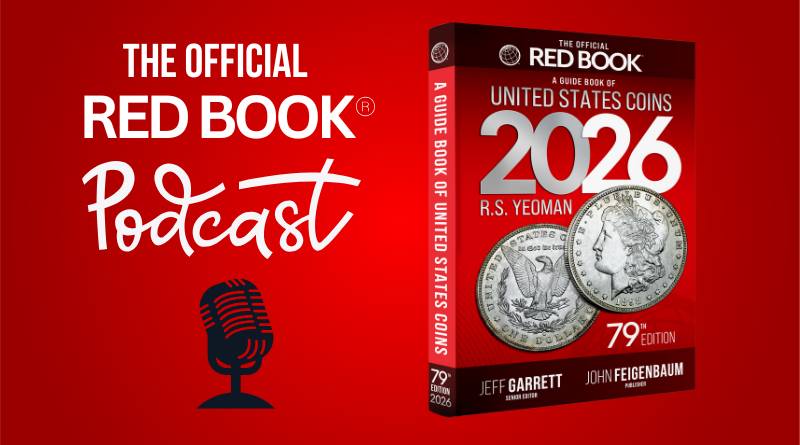
BONUS FEATURE: Jeff, John, and Ted predict year-end gold and silver prices.
Greysheet Catalog Details
Catalog Detail
Legal Disclaimer
The prices listed in our database are intended to be used as an indication only. Users are strongly encouraged to seek multiple sources of pricing before making a final determination of value. CDN Publishing is not responsible for typographical or database-related errors. Your use of this site indicates full acceptance of these terms.



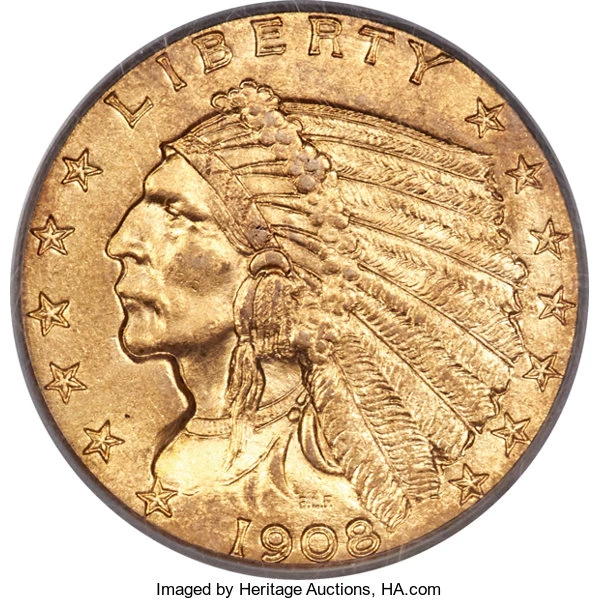


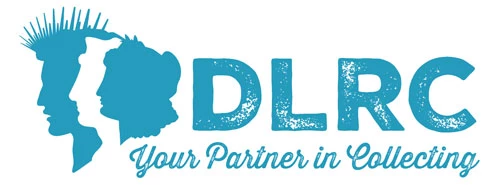


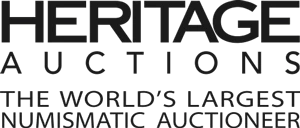
 Loading more ...
Loading more ...

